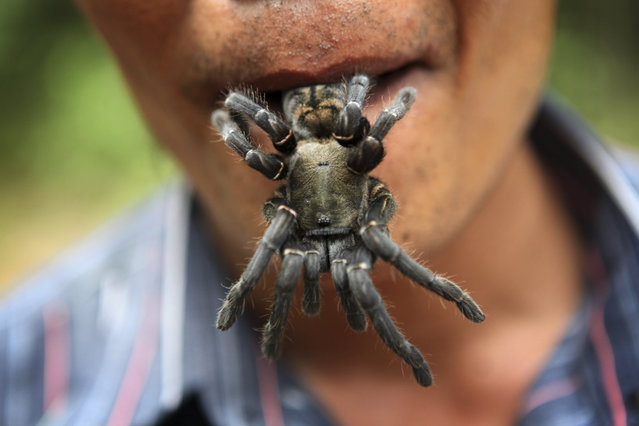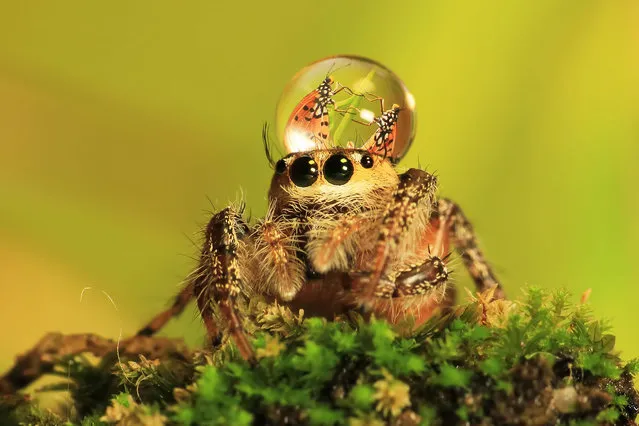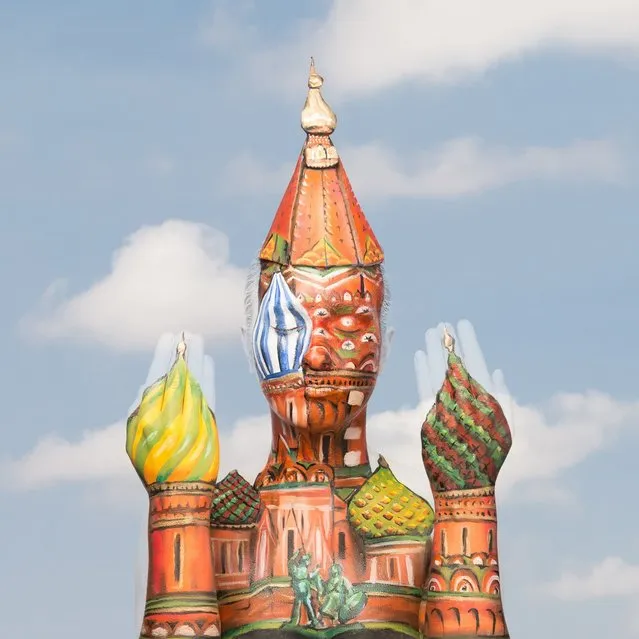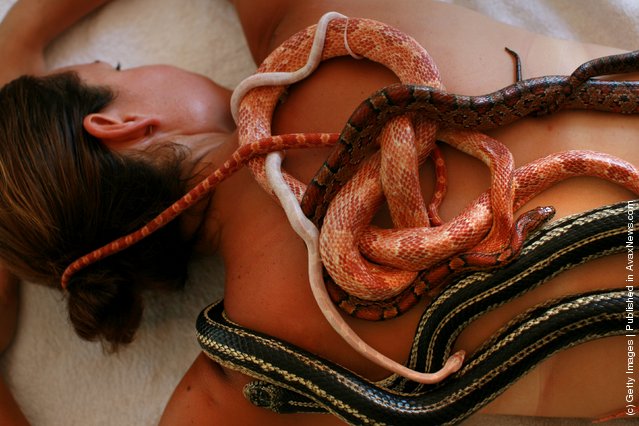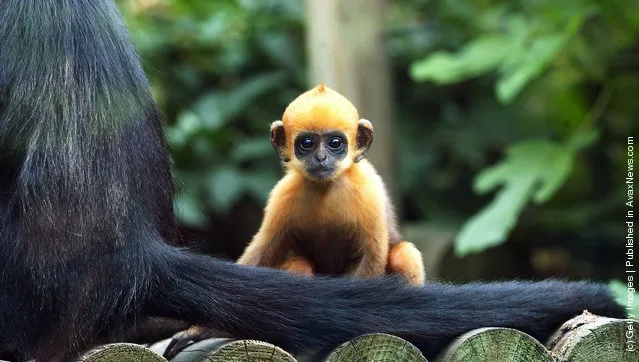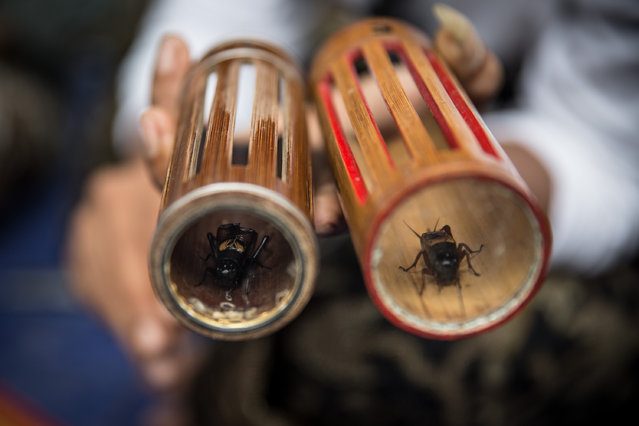
Most of people who have visited Bali have seen the cockfighting popular among the locals. A little-known but no less ardent hobby among Bali’s farming community is cricket fighting, or mejangkrikang. The insects face off inside bamboo tubes known as bumbung, and bets are placed on the bouts, which typically last two minutes. Here: a cricket breeder shows his two adult fighter crickets on a bamboo tubes called Bumbung. (Photo by A. A. Gde Agung/JG Photo)
07 Jan 2015 14:22:00,post received
0 comments

